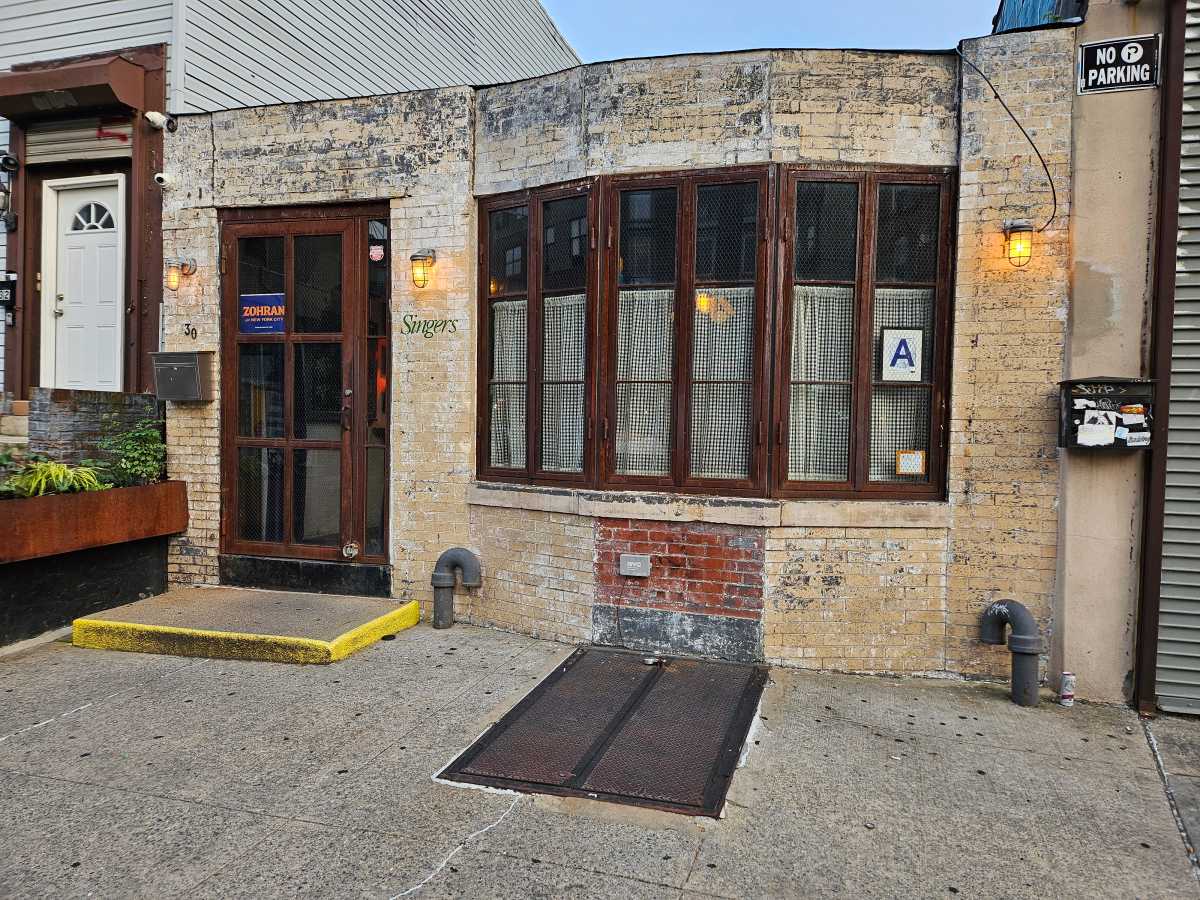By Patrick Hedlund
Condo ups and downs
Real estate prognosticators have been waiting for the release of midyear sales figures to flesh out their forecasts for the uncertain Manhattan residential market. But reports by two major brokerages show more silver lining than cloudy conditions.
The number of total co-op and condo sales in the second quarter dropped nearly 22 percent from the same period last year, but rose 35 percent since the first quarter of 2008, according to Prudential Douglas Elliman. These units overall average sales price increased by just more than 25 percent year over year, to $1.7 million, but dropped by about 3 percent from the previous quarter.
The average price per square foot for co-ops and condos Downtown rose steadily but not markedly year over year, and each was up slightly since 2008’s first quarter, the report stated.
The total inventory of residential properties increased 31 percent compared to last year, as well as almost 11 percent over last quarter, but that total decreased by about 10 percent from the same period two years ago.
A report by Brown Harris Stevens had the average sales price at $1.6 million — a 36 percent increase year over year but down 2 percent from the first quarter. (However, the figures are skewed due to sales at 15 Central Park West and The Plaza; without these factored in, the average sales price would only reach $1.5 million — still a 21 percent increase compared to 2007.)
Downtown sales prices — for condos and co-ops below 34th St. — rose 4.5 percent versus last year, with increases in all size units except three-bedrooms.
The report noted that any sales slowdown resulting from the sluggish economy would not yet be reflected in the data, due to lag time between the signing and closing of sales, and economic figures for the city remaining steady.
Vacancy up Downtown
Manhattan office vacancy has hit a two-year high, with the Downtown rate leading all sections of the city despite a continued increase in rent prices.
According to a midyear report by Cushman and Wakefield, the city’s overall vacancy rate climbed to 7.1 percent in the second quarter — up nearly 2 percent over the same period a year ago and at its highest mark in almost two years. Downtown, that figure rose from 7.2 percent to 7.7 percent in the second quarter, to lead all markets.
However, the report stated, asking rents rose across Manhattan to $71.59 per square foot, a 7 percent increase from the first quarter and a 21 percent jump year over year.
A report from Jones Lang LaSalle had Downtown office space seeing the largest average rent increases of any market, jumping 2.5 percent to $51.22 per square foot from $49.99 in the first quarter of 2008. The report put Lower Manhattan’s overall vacancy rate at 8.7 — a full percentage point above both its first-quarter figures and the second-quarter data from Cushman and Wakefield.
Vacancy in Midtown South, which stretches down to Canal St., decreased from 6.9 percent in the first quarter to 6.3 percent at midyear, with rents also dropping nearly 5 percent over the same time period, to $54.71 per square foot.
“It appears the second half of 2008 will be a difficult period for the Manhattan office market,” said James Delmonte, LaSalle’s vice president and director of research. “Although the New York office market is still technically within equilibrium, the overall vacancy rate has increased every month since January 2008.”
Gloves off on Bowery
The Bowery has quickly turned into the marquee stage for developers and preservationists to play out their vocal battle over gentrification, so the most recent activity along the row is sure to stoke up the skirmish.
Last week, famed restaurateur Keith McNally’s name appeared on the agenda of Community Board 2’s Tuesday Business Committee meeting, seeking a new liquor license for an as-yet-unnamed establishment at 282-284 Bowery on the corner of E. Houston St.
McNally, of Balthazar and Pastis fame, is known for his mini-empire of upscale Downtown destination restaurants, including L.E.S. hotspot Schiller’s Liquor Bar a few blocks away on Rivington St. Now he’s planning to launch a new eatery in a former restaurant supply store across the street from the Houston St. Whole Foods Market in an area that’s increasingly become home to fashionable retail operations.
“It’s just what we need in the area — another upscale bar,” said self-proclaimed “Slacktivist” John Penley, whose East Village/L.E.S. anti-gentrification protests recently rocked the Bowery in opposition of a new wine bar. “How many do they think they can crowd in that area before they’re overloaded?”
Penley’s protest will pass by the corner bar property on Friday as part of his demonstration outside the Economakis-owned building at 47 E. Third St., where the owners want to evict existing tenants to make way for a humongous personal residence.
It’s cheaper bein’ green
Last month the State Legislature approved a bill offering tax breaks to homeowners who install environmentally friendly “green” rooftops on their buildings.
Under the new law, city building owners adding green roofs to at least half of their available rooftop space can apply for a one-year property tax credit of up to $100,000 — or $4.50 per square foot of roof area planted with vegetation.
The added benefits of green roofs, aside from the new tax break, include lower energy costs and reduced runoff into the sewer system.
The bill sponsored by Bronx Assemblyman Ruben Diaz Jr., was pushed by the SWIM (Storm Water Infrastructure Matters) Coalition, made up of more than 50 city, state and national organizations dedicated to ensuring fishable and swimmable waters around New York through natural, sustainable storm-water management practices.
Downtown Assemblymember Deborah Glick, who voted in favor of the measure, told Mixed Use that while this is a good initial step, more has to be done to promote the installation of energy-saving features, specifically solar paneling.
“This has to be a comprehensive review of how we approach sustainability,” Glick said, adding that 1 million additional people Mayor Bloomberg expects to move to the city by 2030 pose a challenge to this idea. “We have to make certain the government makes it as easy as possible for the people to avail themselves of these opportunities.”
mixeduse@communitymediallc.com

































